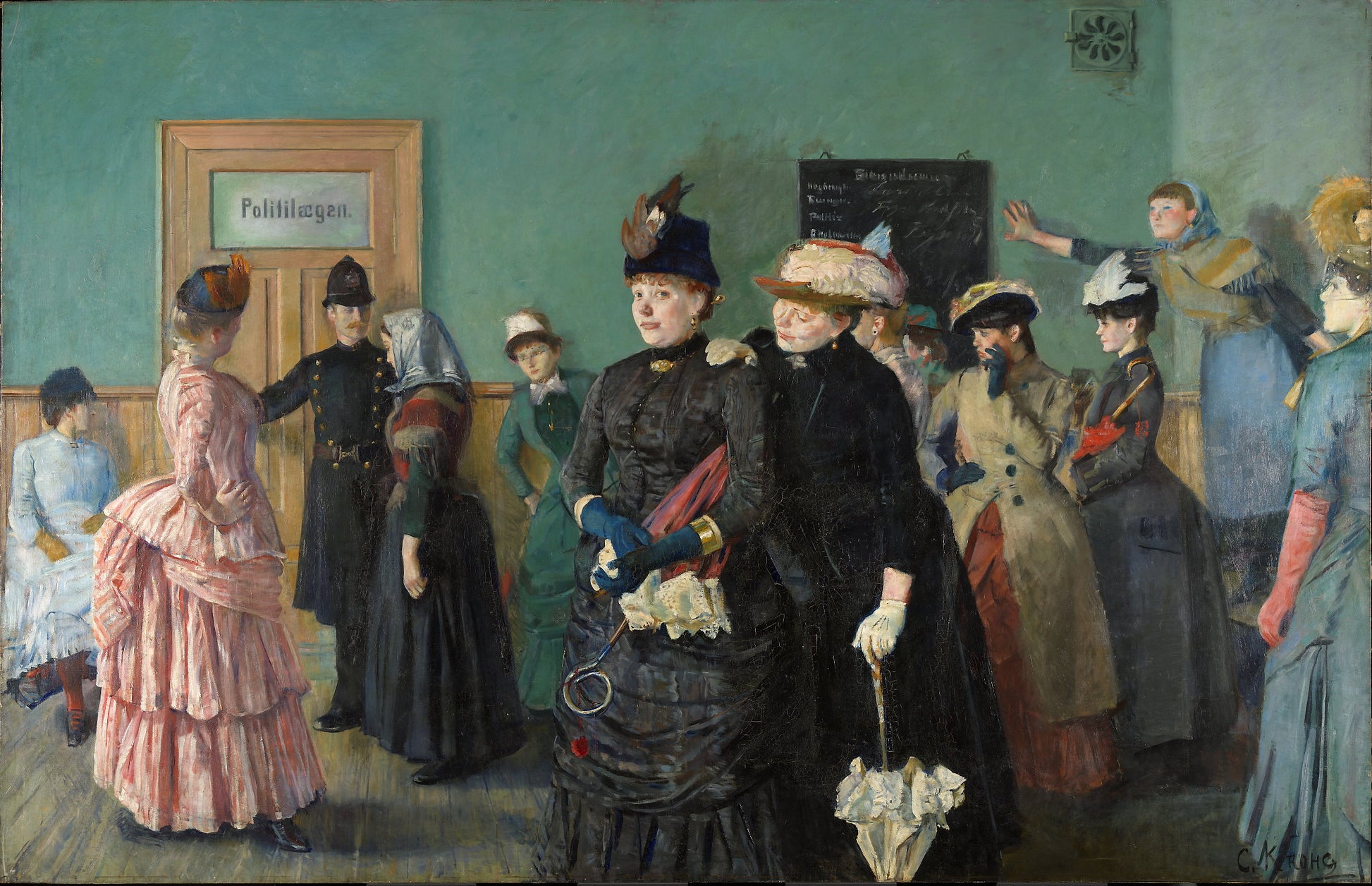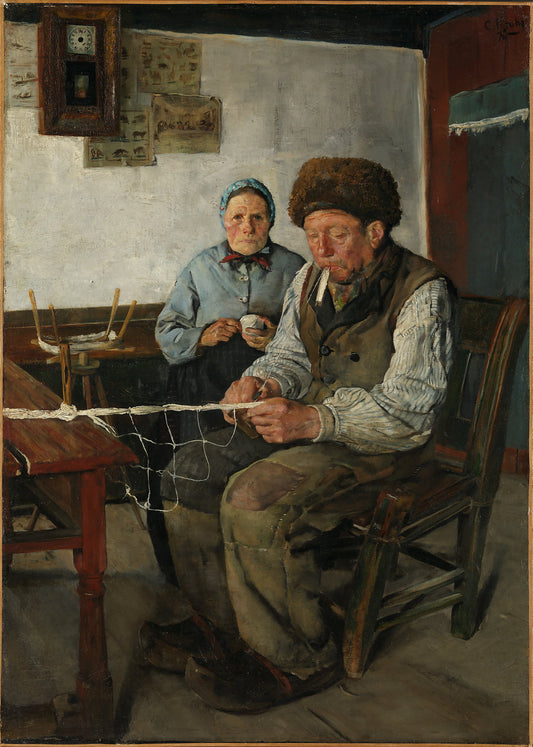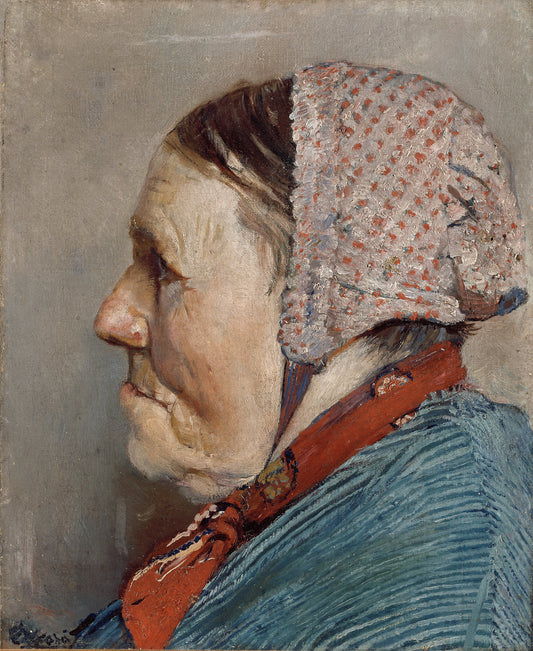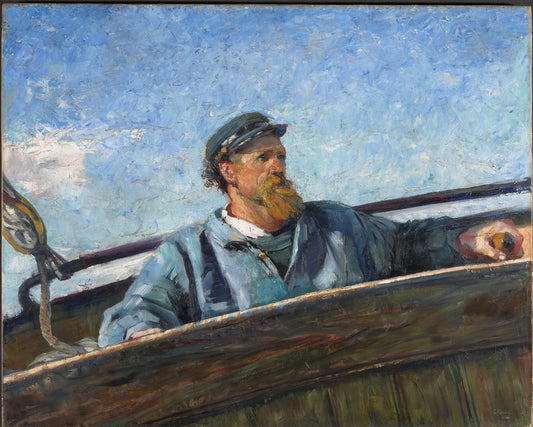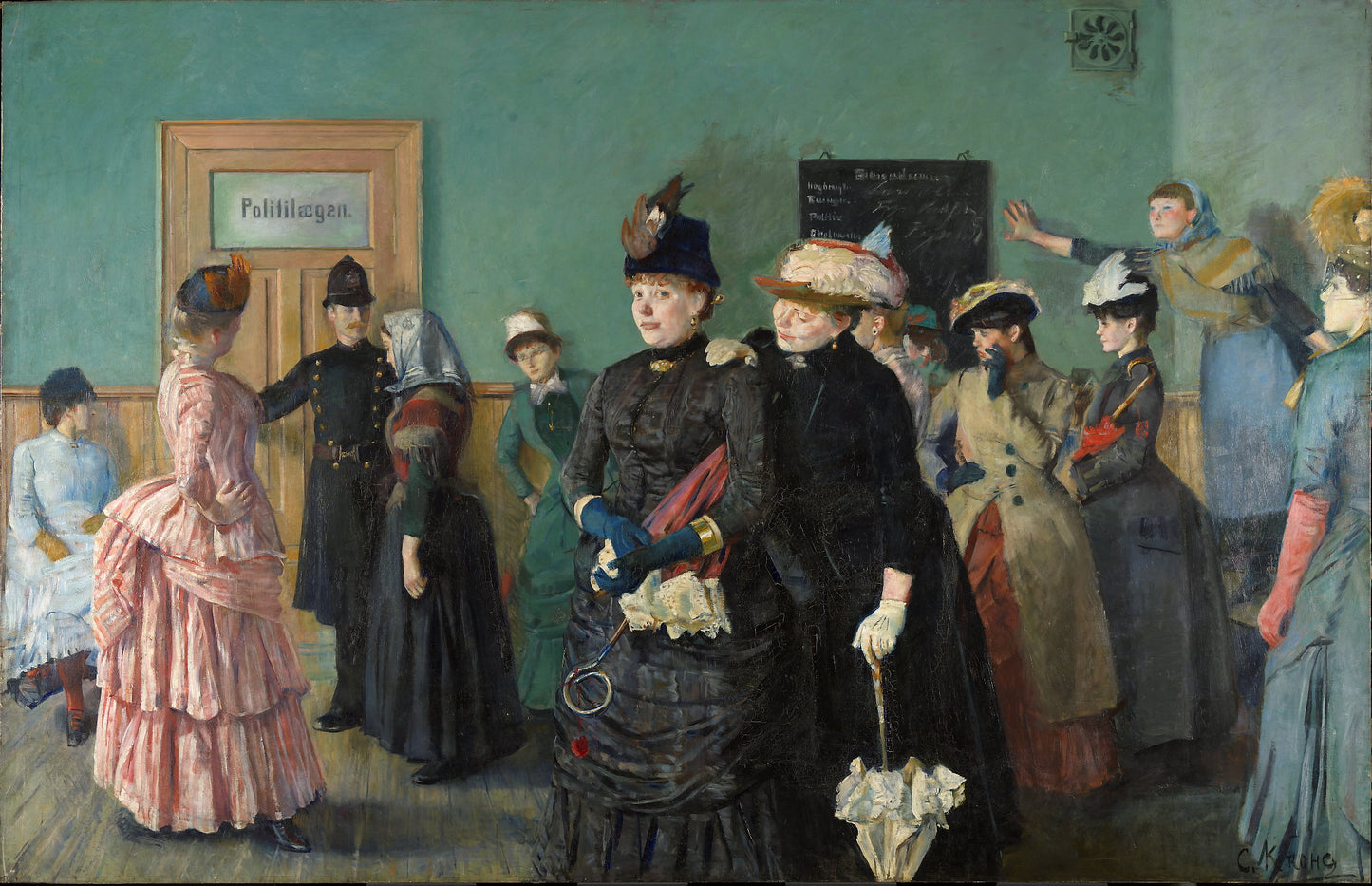Christian Krohg
Albertine in the police doctor's waiting room
Albertine in the police doctor's waiting room
Couldn't load pickup availability
High-quality reproductions from the National Museum's collection. Posters by DAIDDA are printed on Litho White Matt - 230 gram photo paper in premium quality. Artprints by DAIDDA provide outstanding colors, sharpness and durability in museum quality - printed on Moab Entrada Natural 300 gram cotton art paper. Printed on a matte surface with scratch-resistant pigment ink.
About the original: The painting Albertine in the police doctor's waiting room is realism at its most effective. It was referred to as a scandal when it was first shown, but in retrospect it appears primarily as a great success. There were many opinions, and the debate had a high temperature. Why did this work arouse such great interest?
In March 1887, a steady stream of people could be observed daily in Kristiania walking in the direction of Rådhusgaten. The reason for the people's tramp was the display of a painting. It was unusual for visual arts to receive so much attention among the city's population, but now both the ordinary art-interested bourgeoisie and representatives of the working class flocked to see Albertine in the police doctor's waiting room.
Krohg's Albertine
They were greeted by a huge picture of an everyday scene from the city's prostitution scene. It was as if Krohg had torn down the very wall of the police doctor's waiting room in Møllergata, and now invited people in to see what many knew was going on there, but which they preferred not to talk about. However, Krohg was undeterred and wanted a debate on social problems.
Only a few months earlier he had published the novel Albertine. It is about a poor working-class girl who is summoned to the police doctor after she has been raped by a police officer. She ends up as a prostitute after this. The novel was immediately seized by the Ministry of Justice when it was published. In particular, the rape scene and the description of the gynecological examination by the police doctor were thought not to fit in a novel.
The prostitution debate in Kristiania in the 1880s
In Kristiania, prostitution had been prohibited by law since 1842. Nevertheless, the public made arrangements for such activities through health checks and controls. The argument for compulsory examinations of the prostitutes was that the spread of venereal diseases had to be stopped. Double standards, Krohg thought. It was this regulatory system and the degrading and illegal treatment the poor women were subjected to that he wanted to kill.
In the painting, Albertine is placed in the background of the picture. She is clearly characterized by shame and shyness. She dreads the examination, as we can imagine that the young women also did in reality.
Freedom of expression and art
Krohg, and many with him, believed that the confiscation of the novel was a breach of the constitution's section on freedom of expression. He took the case to the Supreme Court, but lost and had to pay a fine. The painting was not seized, but the motif was closely related to the banned book, and led to the picture being refused to be shown in several places and to some newspapers refusing to print articles about the case. The debate was thus about freedom of expression, in addition to what the book and picture criticized; that public prostitution had not yet been abolished. And that despite the fact that such activity was prohibited by law.
From beauty to truth
For the artists of realism, it was a goal to make the visual arts an actor in the social debate. Art should be something more than decoration and entertainment. A sign of success was engaging the public from all walks of life, as Krohg did with Albertine in the police doctor's waiting room. Few Norwegian works of art have created as much debate as this work of art. The ideal was to convey truth rather than beauty. The artists were to paint motifs from their own time. Krohg went so far as to hire prostitutes to model for the Albertine painting. Such a realistic depiction of society's dark side seemed provocative.
Dating: (Started 1885, ended 1887)
Other titles: Albertine to See the Police Surgeon (ENG)
Designation: Painting
Material and technique: Oil on canvas
Technique: Oil
Material: Canvas
Dimensions: H 210 cm x W 325.4 cm x D 4.7 cm
Subject: Visual arts
Classification: 532 - Visual arts
Acquisition: Bought for AC Houen's fund 1907
Inventory no.: NG.M.00776
Part of exhibition: Art 3. Works from the collection 1814-1950, 2007 - 2011
The dance of life. The collection from antiquity to 1950, 2011 - 2019
Christian Krohg. Images that grip, 2012
Registration level: Single object
Owner and collection: The National Museum of Art, Architecture and Design, Visual Art Collections
Photo: Børre Høstland
Shipping and returns
Shipping and returns
Shipping: We deliver to Scandinavia, the EU, the USA and several other countries. Please contact us if your country is not listed and we will try to arrange delivery.
Delivery time: 2-5 days within Norway, 7 days in Europe, 14 days globally.
Packaging: Our products are made to order and sent rolled in environmentally friendly packaging.
Customs Fees: International orders may be subject to customs fees, which are not included in shipping costs.
Return policy: You can return images within 14 days. See our returns page for more information.
Secure Payment: We never store your payment details. See our privacy policy for details.
See all works
-
Garnbinderen, Niels and Ane Gaihede, Skagen
Vendor:Christian KrohgRegular price From 150,00 NOKRegular priceUnit price per -
Mother and child
Vendor:Christian KrohgRegular price From 150,00 NOKRegular priceUnit price per -
Ane Gaihede
Vendor:Christian KrohgRegular price From 150,00 NOKRegular priceUnit price per -
Northern wind
Vendor:Christian KrohgRegular price From 150,00 NOKRegular priceUnit price per
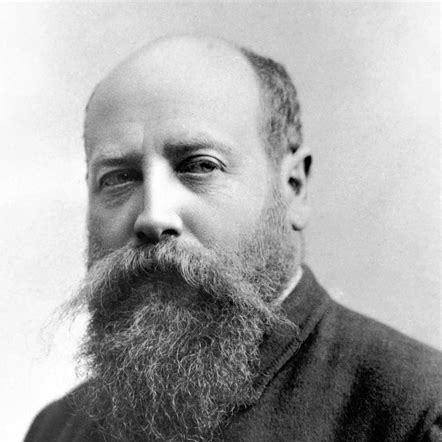
Christian Krohg
Christian Krohg was committed to justice and freedom of expression, and was one of the great Norwegian realist painters. He painted the working class in Kristiania in the 19th century with compassion and a desire for change. He had to follow in his father's footsteps and become a lawyer, but wanted to be an artist. After his law studies in Kristiania, he traveled to the art academy in Karlsruhe to receive an art education.
While many of the Norwegian art students traveled to Munich for further studies, Krohg followed his teacher Gussow to Berlin. The stay in the big city awakened Krohg's social commitment, which he retained for the rest of his life. Krohg was also influenced by Skagen, a small village in Denmark that attracted many artists. While most of the artists painted the landscape and the light, Krohg chose to paint the people who lived there and their simple lives. He became particularly close to the Gaihede family and painted many motifs depicting their everyday life.
Krohg returned to Skagen on several occasions. Among Krohg's earliest socially engaged motifs were depictions of the sypik who had fallen asleep while working. He also painted several scenes from Albertine's life, based on stories he had heard and people he had met. In the early 1880s, a group of young artists, writers and intellectuals gathered in cafes in the capital, Kristiania. They were in rebellion against the prevailing social structure and discussed moral issues, sex, drugs and free love. Krohg and Hans Jæger were leaders in the "Kristiania bohemian", and they were active in the press and wrote poems and novels. They also started the newspaper Impressionisten. Krohg later married Oda Engelhart, who was part of this circle. Krohg had a large production and a wide-ranging selection of motifs. He was particularly known for his portraits, and his ability to characterize meant that he received many portrait commissions.
From 1901 to 1909, Krohg lived mainly in Paris, where he taught at the Académie Colarossi. Here he was influenced by new currents, and his precise and realistic style changed to more dissolved forms and loose brushstrokes. The artist model also became more central to his work. When Norway's first art academy opened in 1909, Krohg became its first director and professor, a position he held until his death in 1925.

